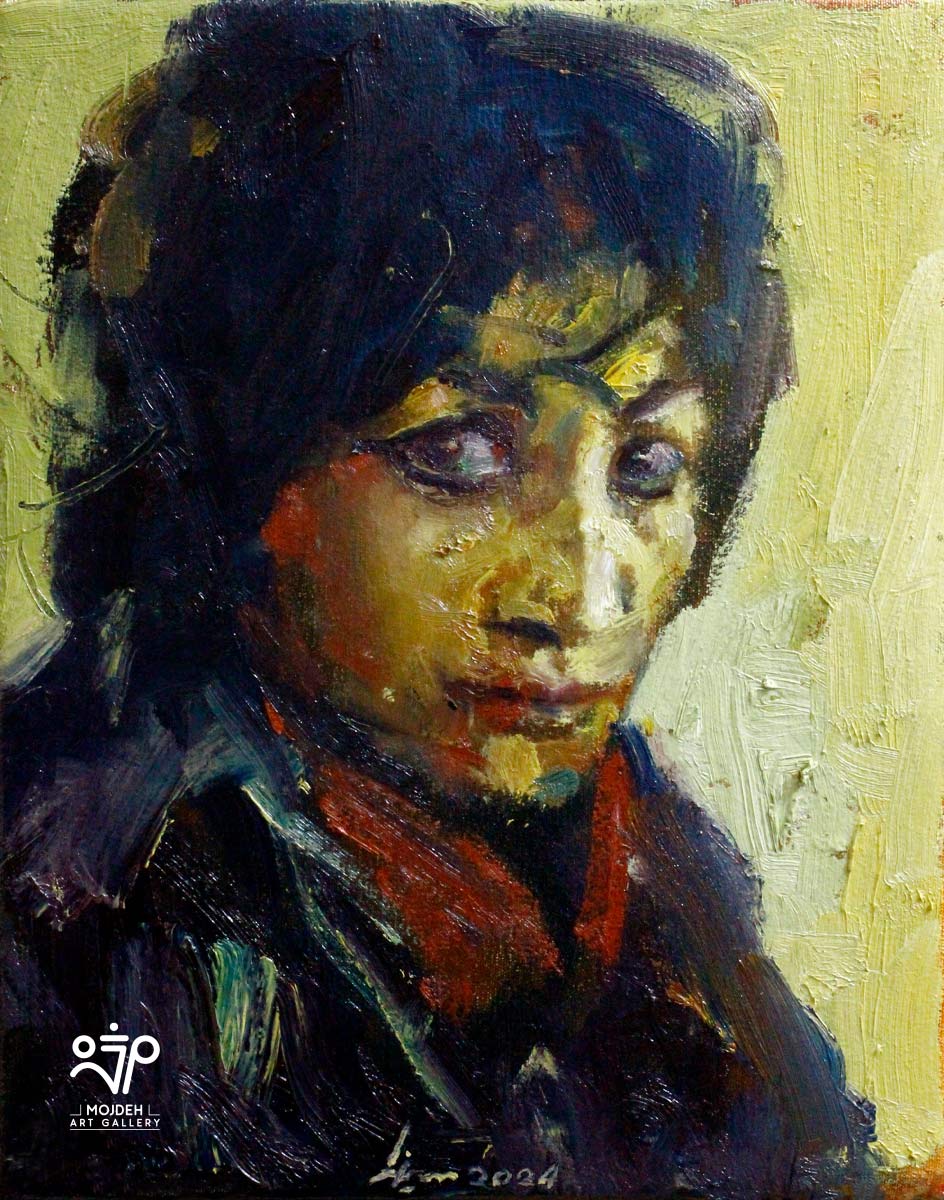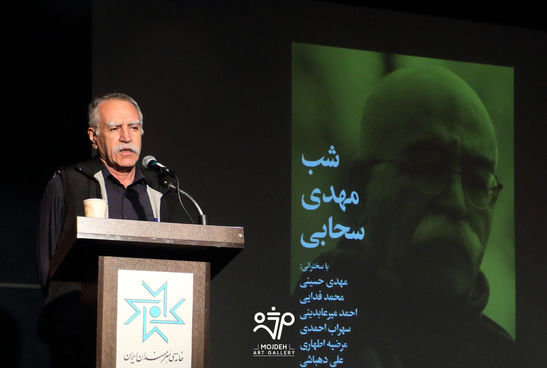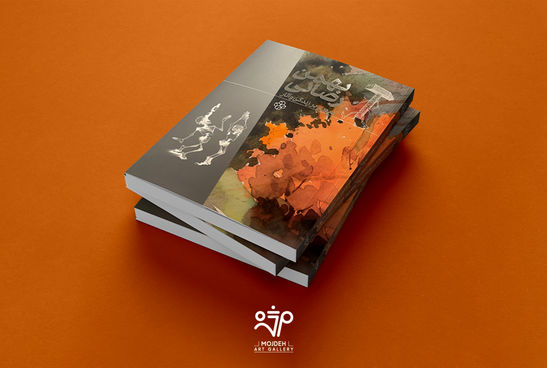Let's Believe in the Begining of the Cold Season

Part of the article titled "The figurative Dimension of Rebllion and Linguistie of Liberation" With Emphasis on the Poem "Let's Believe in the Begining of the Cold Season" written by Dr. Marzieh Athari Nikazm and Sohrab Ahmadi in the memory of Forugh Farrokhzad on her 90th birthday
The depth of Forugh Farrokhzad’s poetry, both in form and content, has made her a prominent and influential figure in contemporary Persian poetry. Her poetry has, in fact, added a rich treasure to Persian poetry, necessitating various analyses of her work. Semiotics and semantics have also not remained silent in this regard, and numerous articles and essays have been written about meaning and its manifestation in Forugh's poetry. One of the prominent topics in semiotics and semantics is figurativity and how themes are embodied through poetry. In this regard, the article "The Figurative Dimension of Rebellion and Linguistic Liberation: With Emphasis on Forugh Farrokhzad's Poem 'Let's Believe in the Beginning of the Cold Season'" by Marzieh Athari Nikazm and Sohrab Ahmadi is one of the articles that, relying on the Paris School of Semiotics, analyzes the themes of rebellion and subsequent liberation in Forugh Farrokhzad's poetry. This article was published in the scientific-research journal Jostarhaye Zabani of Tarbiat Modares University in February 2019, No. 6. The authors of the article, with a brief look at Forugh Farrokhzad's life, delve into how rebellion becomes figurative: figurativization is one of the discursive logics and the primary level of textual perception. At this level, the words of a text, its syntax, and grammar, through their continuity, are constantly creating and producing images for the reader.
Rebellion in Forugh's poetry begins with an abstract concept and propels a break from traditional conventions through a kind of unveiling of meaning. In fact, the visual or figurative dimension in a text is never about decorating or embellishing a text, but rather it is a type of semantic construction that engages all our senses. Forugh has created a kind of extensive and continuous image and metaphor of rebellion, and she has also represented her desire for liberation in various ways, progressing these two themes alongside each other. Although Forugh's poetic world begins with a private world and moves towards generalizing this private world to a collective/social world, the degree of figurativization in Forugh's poetry also progresses in the same manner.

Forugh Farrokhzad’s portrait by Azim Morakabatchi (Oil on canvas - 26 x 19 cm - 2024)
It is worth mentioning that, as a result of what we have written, Forugh's poetry, which depicts the emotional worldview of a woman, has characteristics that can be summarized as follows: First, a negation of all social and poetic conventions regarding humanity, the beloved, nature, and even love. Then, the depiction of a unique worldview in relation to what was previously negated or rejected, and this depiction is more accompanied by a kind of submissive liberation. Finally, love, which has various aspects in Forugh's poems, is not valued by the poet in this poem, and despite small glimmers of hope, the poet sees the only way to liberation as "believing in the beginning of a season" that is cold. This image of "cold," which was emphasized at the beginning of the poem, continues throughout the poem with metaphorical and simulative changes and is once again the focus of the poet at the end. It should also be noted that metaphor and the specific style of Forugh's poetry serve to express the figurative representation of the image: this means that the less the level of metaphor is used for figurativization, the simpler the language becomes and is directly used to express the meaning. Therefore, based on the aforementioned points, it can be inferred that in Forugh's poetry, the expression of meaning takes precedence over form, and in this sense, can Forugh be considered a conceptual poet? If we want to depict the figurativization of rebellion and liberation on the proposed axis of Denis Bertrand, we must say that figurativization has moved more towards the negative and has become conceptual rather than objective and tangible imagery.
Dr. Marzieh Athari Nikazm
Sohrab Ahmadi


